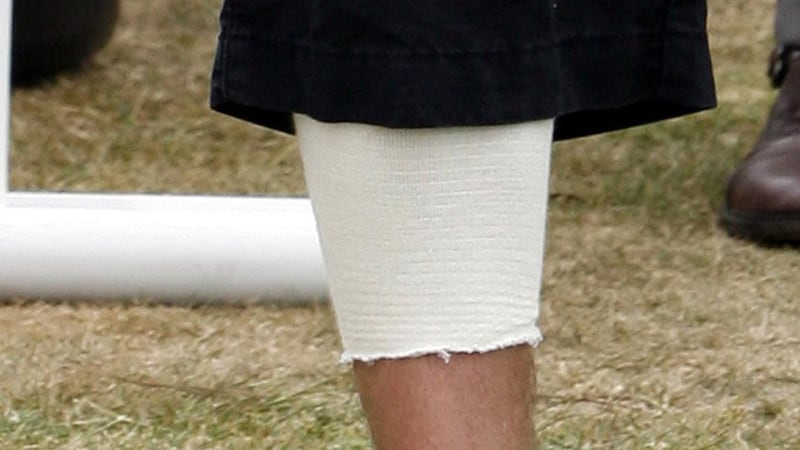Scientists have developed colour-changing bandages that can “sense” bacterial infections and treat them accordingly by releasing relevant medication.
Researchers in China say their work could help pave the way for “rational use” of antibiotics and prevent their misuse or overuse.
While bacteria can naturally become resistant to antibiotics over time, the World Health Organisation (WHO) says the drugs’ misuse in humans and animals is accelerating the process.
According to the WHO, antibiotic resistance is one of the biggest threats to global health, with an estimated 700,000 deaths worldwide every year.
Official figures suggest 5,000 deaths are caused every year in the UK because antibiotics no longer work for some infections.
A team of scientists led by Dr Xiaogang Qu, of the Changchun Institute of Applied Chemistry at the Chinese Academy of Sciences, developed a material that changes colour when it comes into contact with bacteria.
The researchers incorporated the material into bandages and tested them on wounds in mice which were infected with either drug-sensitive or drug-resistant Escherichia coli (E.coli) bacteria.

In the case of drug-sensitive E.coli, the bandage changed from green to yellow and released an antibiotic that killed the microbes.
And when drug-resistant bacteria were present, the bandage turned red after coming into contact with an enzyme specifically produced by the resistant microbes.
To target the bacteria, the researchers then exposed the bandage to light, causing the material to release a chemical that weakened the bacteria, making them more susceptible to the antibiotic.
The researchers say that sensing and treating bacterial infections quickly could help improve patients’ recovery as well curb the spread of antibiotic-resistant microbes.
Writing in the paper ACS Central Science, the authors note: “Sensing bacterial infections and monitoring drug resistance are very important for the selection of treatment options.”
They add: “This work develops a new way for the rational use of antibiotics.”
The team see their bandages as a low-cost option to the “common methods of sensing resistance” which they say are “limited by (being) time-consuming, the requirement for professional personnel, and expensive instruments”.
They add: “Given the low cost and easy operation of this point-of-care device, it can be developed for practical applications.”








